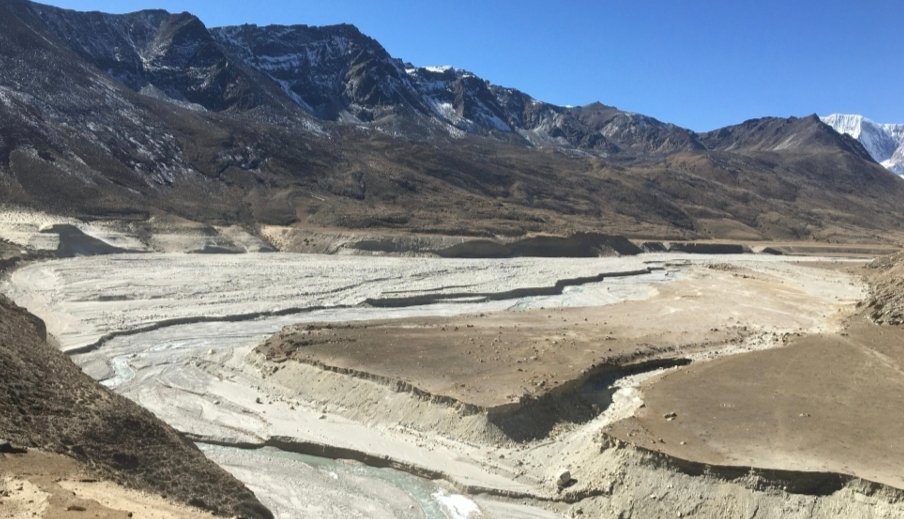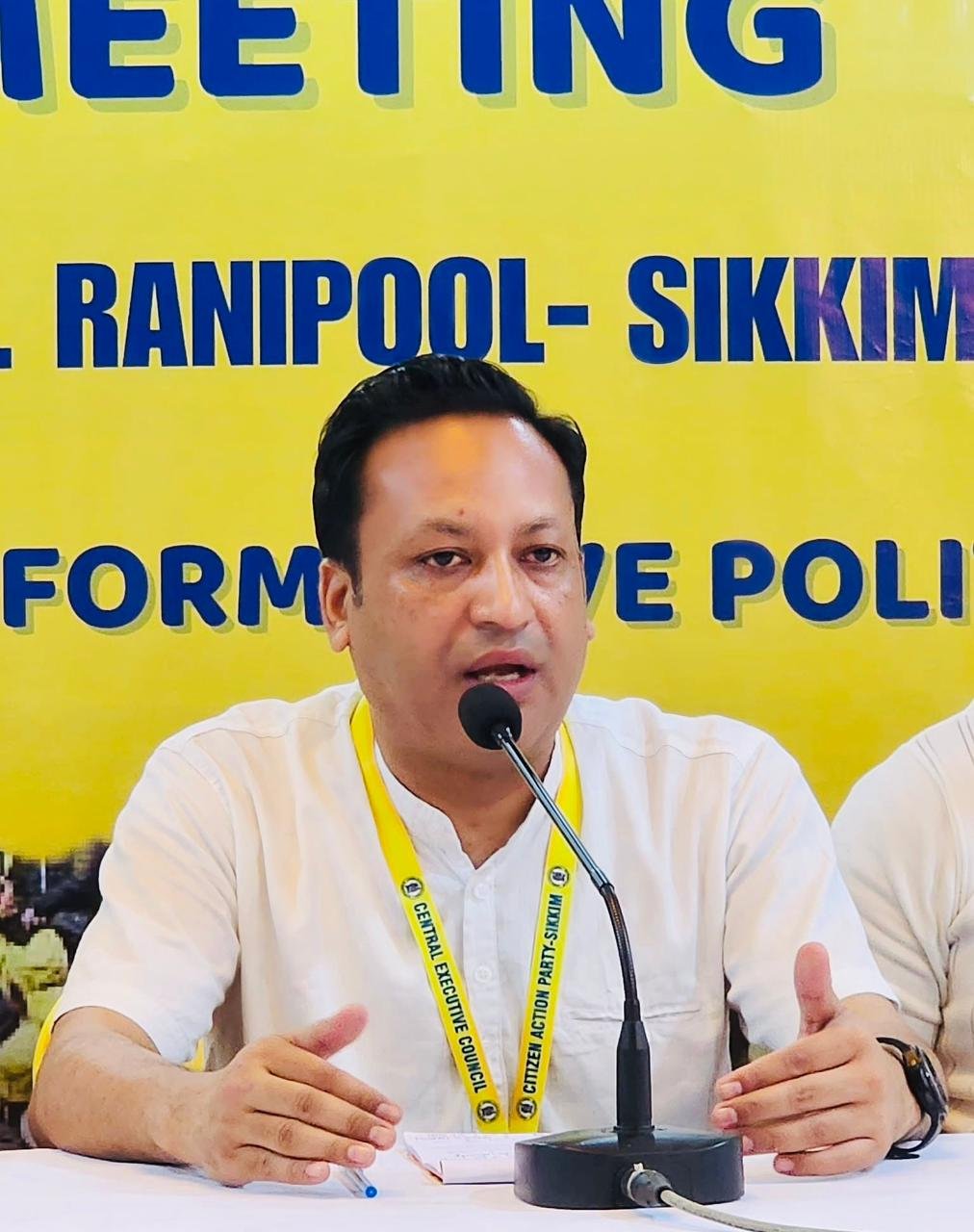Gangtok, 30th August: Sikkim is once again under threat from its glacial lakes, with experts warning that 16 of them are classified as “high risk.” Among these, South Lhonak Lake and Shako Chho Lake are marked as extremely dangerous. Officials have confirmed that the water level of South Lhonak Lake has again risen to the same level it was before the devastating Glacial Lake Outburst Flood (GLOF) of October 2023.

To prevent another disaster, the Science and Technology Department of the Government of Sikkim has launched a high-altitude scientific expedition from August 20 to September 10, 2025. More than 35 experts from central institutions such as the Central Water Commission, Geological Survey of India, National Institute of Hydrology, Defence Geoinformatics Research Establishment, and others are working alongside state departments, Sikkim University, the Indian Army, ITBP, and local communities.

The expedition has been divided into two teams. One has completed surveys at South Lhonak Lake, the site of the 2023 disaster, while the other continues work in the upper reaches of the Lhonak Valley and nearby lakes. According to Science and Technology Department Secretary Dr. Sandeep Tambe, Sikkim has a total of 40 glacial lakes, of which 13 high-risk lakes are in Mangan district and 3 in Gyalshing district. The lakes in Mangan feed the Teesta River, while those in Gyalshing flow into the Rangit River, making downstream communities highly vulnerable.

Using advanced tools like drone mapping, LIDAR, bathymetric surveys, and Electrical Resistivity Tomography (ERT), the teams are studying water levels, geological stability, and possible flood risks. The scientists are also assessing structural mitigation options at Dolma Sampa in Lhonak Valley and Sora Funnel in Gurudongmar Valley, while planning for Early Warning Systems and long-term safety measures.

Officials have stressed that these findings will play a critical role in preparing Sikkim for future disasters. The Whole-of-Government approach, which combines central and state expertise with military support and local participation, is expected to provide site-specific solutions. The ultimate goal is to protect communities living downstream of the Teesta and Rangit rivers and to strengthen climate resilience in the fragile Himalayan region.



Thank you for the vital information. Hope the authorities are keeping a Close watch to advert any such tragedies, which we witnessed in 2023